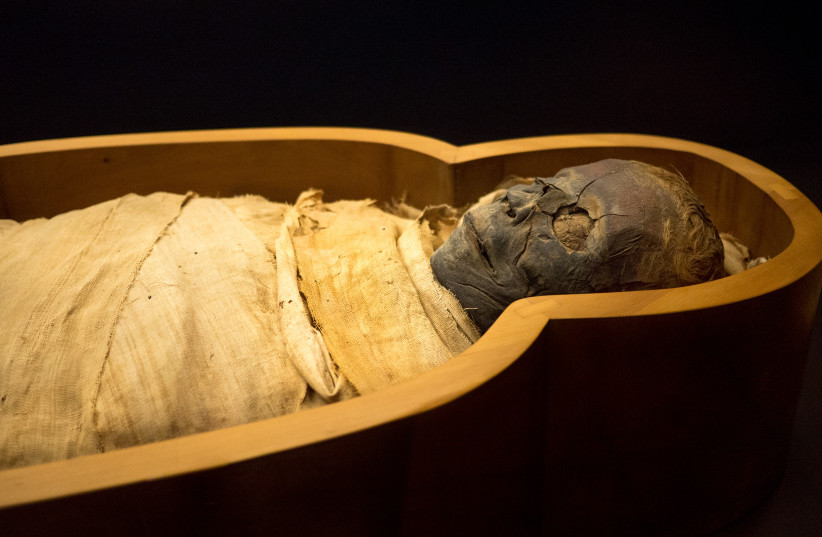Anemia was found to be common amongst children in ancient Egypt, following analyzation of child mummies found in different museums in Europe. Thanks to the use of CT scans, scientists have been able to identify signs of this blood condition and other diseases prevalent in the ancient world.
According to a new peer-reviewed study published in the International Journal of Osteoarchaeology, anemia was relatively common amongst children mummified during ancient Egyptian times. Researchers were able to identify anemia in one-third of child mummies through CT scans, as well as cases of thalassemia.
"Our study appears to be the first to illustrate radiological findings not only of the cranial vault but also of the facial bones and postcranial skeleton that indicate thalassemia in an ancient Egyptian child mummy," the researchers wrote.
Researchers from Germany, Italy, and the US found that anemia was most likely common amongst children in ancient Egypt due to malnutrition, parasitic infections, and genetic disorders, all of which are prevalent in causing anemia today.
It is even believed that Tutankhamun, or King Tut, may have died of sickle cell disease, a cause of anemia. However, the researchers of this recent study believe that "the direct evidence of anemia in human remains from ancient Egypt is rare."

What is anemia and how did it impact children in ancient Egypt?
Anemia is a condition where the body lacks enough healthy red blood cells to carry oxygen to the body's tissues. Researchers compared child mummies with adults and found that the remains exhibited more signs of anemia, possibly causing their early death.
It is still unclear, however, if it was the cause of death for the majority of the child mummies. The CT scans were unable to determine just how much anemia played a role in all of their scans, and they looked for signs of diseases that may have led to anemia.
These ancient people were preserved in a way that later allowed researchers to gain information that wouldn't be available if they were buried normally. Scans often allow scientists to see through wrappings without removing them, in order to further study the bodies.